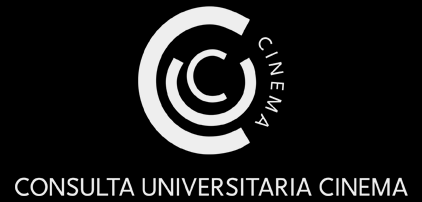We live in times of humanitarian and environmental crises. The effects of climate change add to the economic, physical, and mental suffering caused by social discrimination (e.g. gender, class, and race inequalities), while ultimately not only affecting those lowest in the power structure. These crises are unlikely to be resolved with technology alone – as post-work society and similar frameworks encourage to think. Rather, a better future for all relies on systemic changes with unknown consequences for each of our individual lives and society as a whole.
Such uncertainty and related fear of loss can create reactions of fragility, additionally contributing to the problems at hand: rather than building new teams across old borders, sharing resources to create new solutions to old problems, we tend to isolate and cling to what we know and have.
Encounters with and creation of arts have been suggested as a potential remedy, offering safe spaces that allow for staying with the trouble (Haraway 2016) rather than running from it, that facilitate creative imaginations of a different future rather than manifesting the past. Spaces of transformational learning. Spaces of care. Spaces of change.
In this issue of “AN-ICON. Studies in Environmental Images”, we welcome any contributions investigating the role of the arts and media in these processes, focussing on immersive experiences in particular. That is, we are concentrating on art forms and media products that envelop and surround the users, including – but not limited to – virtual reality.
In fact, though much has been written on the transformative potential of art and aesthetic experience (Barrett 2010; Kokkos 2010) as well as artistic creation (Blackburn 2020; Hoggan, Simpson, Stuckey 2009; Lawrence 2005) and finally art and science collaborations (Gabrys, Yusoff 2012) in the field of transformational pedagogy, the transformational impact of immersive media and arts specifically is still in need of dedicated exploration.
One may think first of all about presence, in its various conceptualizations (e.g. Lombard et al. 2015; Schubert et al. 2001) and in its components of place illusion and plausibility illusion (Slater et al. 2022). But medium-specific interactivity, multisensoriality, avatarization, and embodiment (Seinfeld et al. 2021; Kilteni et al. 2015; Spanlang et al. 2014; Biocca 2002) deserve primary attention as well.
This issue is open to any methodological approach and specifically invites interdisciplinary collaborations. We strongly encourage contributions blending theoretical reflection (inspired to aesthetics, critical theory, or other relevant frameworks), empirical research (quantitative as well as qualitative and experiential), and action research. We consider experimentation and observation as practices of interventive power rather than neutral forms of documentation and thus particularly welcome contributions that reflect on and problematize the relation between what is studied and the methodologies involved.
Contributions might relate to the following topics:
- What are valuable current examples of immersive experiences addressing humanitarian and environmental crises? What are their strengths and limitations in initiating individual and societal change?
- What is the context sensitivity and thus the role of facilitation/curating/disseminating practices in transformational processes involving immersive arts and media?
- What is the medium-specific contribution of immersive arts and media, compared to previous or contemporary forms of expression?
- What are the precise connections between presence/interactivity/multisensoriality/ avatarization/embodiment, and individual and societal change?
- How can the transformational impact of immersive arts and media be assessed? What methodologies are best suited to do so?
- What is the relationship between transformational experiences as they are described in theory, and the way they are subjectively lived in practice?
- How can empirical research complement theoretical understanding, and vice versa, when it comes to the specific issues at stake? How can interdisciplinary collaborations be structured in this specific field?
Contributions must adhere to the Journal’s editorial guidelines (https://riviste.unimi.it/index.php/anicon/about/submissions). Manuscripts that fail to do so will not be considered for peer review and will be desk-rejected.
If motivated by the nature of the research, word count for manuscripts destined to this issue may be extended to a maximum of 10.000 words (footnotes included – final reference list excluded).
Please sign up / login to the Journal’s webpage and upload your complete manuscript here: https://riviste.unimi.it/index.php/anicon/about/submissions
In case you have any question before submission, please contact:
Federica Cavaletti federica.cavaletti@unimi.it
Katrin Heimann katrinheimann@cas.au.dk
Call for Papers





